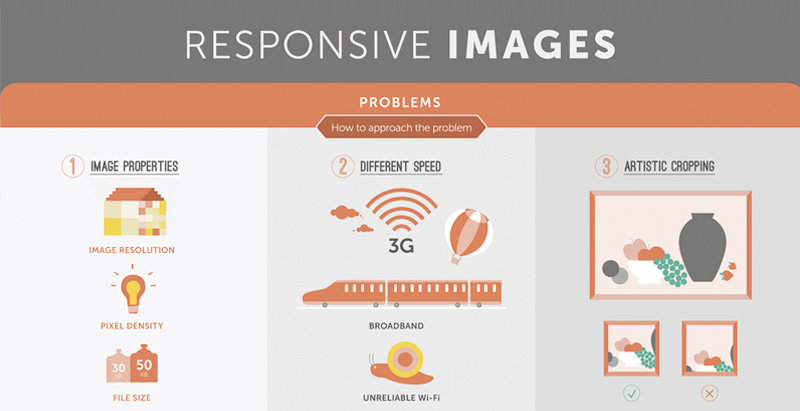Fascinated In Learning How Internet Site Design Has Transformed Over The Years? Check Out The Journey
Fascinated In Learning How Internet Site Design Has Transformed Over The Years? Check Out The Journey
Blog Article
Material By-Kinney Clarke
In the past, websites were simple and focused on details. Navigation was direct, and layout was for desktops. Now, customer experience is key. Information overviews layouts for easy navigation. Receptive designs fit various tools. Today, dark mode minimizes strain, and minimalist food selections improve navigation. Interactive functions engage individuals, and strong visuals attract attention. AI assimilation enhances engagement. See just how layout has actually evolved to boost your online journey.
Very Early Days of Website Design
In the early days of web design, simplicity reigned supreme. Websites were basic, with restricted colors, typefaces, and formats. The focus was on offering info rather than showy visuals. Users accessed the internet through slow dial-up links, so rate and performance were crucial.
Navigating food selections were straightforward, typically located at the top or side of the web page. Web sites were made for computer, as mobile browsing had not been yet common. Content was king, and designers prioritized simple readability over complicated style elements.
HTML was the main coding language made use of, and developers needed to work within its constraints. Computer animations and interactive features were very little compared to today's criteria. Internet sites were static, with little dynamic content or customized user experiences.
Increase of User-Focused Design
With the evolution of website layout, a shift towards user-focused style concepts has actually ended up being increasingly prominent. Today, producing internet sites that prioritize individual experience is important for involving site visitors and achieving business objectives. read full article -focused design includes understanding the needs, choices, and actions of your target market to tailor the website's format, content, and includes appropriately.
Developers now perform complete research, such as individual studies and usability testing, to collect insights and responses directly from users. This data-driven strategy aids in producing user-friendly navigation, clear calls-to-action, and visually attractive interfaces that reverberate with site visitors. By positioning the individual at the facility of the design procedure, internet sites can deliver a more tailored and satisfying experience.
Receptive layout has actually likewise become a crucial element of user-focused design, guaranteeing that websites are optimized for various devices and screen sizes. This flexibility boosts ease of access and functionality, accommodating the diverse methods customers interact with websites today. Basically, the rise of user-focused style signifies a change in the direction of creating electronic experiences that prioritize the requirements and assumptions of completion user.
Modern Trends in Web Design
Discover the latest fads shaping website design today. One prominent pattern is dark mode layout, using a sleek and modern-day appearance while minimizing eye pressure in low-light environments. Another essential pattern is minimal navigating, streamlining food selections and improving customer experience by concentrating on essential elements. Integrating micro-interactions, such as computer animated buttons or scrolling results, can develop an extra interesting and interactive website. Receptive design remains essential, guaranteeing seamless individual experiences across various devices. Additionally, utilizing strong typography and asymmetrical formats can include aesthetic rate of interest and accentuate particular web content.
Integrating AI innovation, like chatbots for client support or individualized referrals, boosts customer engagement and streamlines procedures. Access has also come to be a considerable fad, with designers prioritizing comprehensive layout practices to satisfy diverse user demands. Welcoming sustainability by enhancing website performance for speed and efficiency is another arising fad in website design. Collaborating with customer comments and information analytics to iterate and boost design continuously is vital for remaining appropriate in the ever-evolving digital landscape. By accepting these modern patterns, you can produce a visually attractive, straightforward website that resonates with your audience.
Verdict
As you assess the development of site layout from the very early days to currently, you can see how user-focused style has come to be the driving force behind contemporary patterns.
Accept the journey of modification and adaptation in website design, constantly maintaining the user experience at the center.
Tippingpointdigital
Remain current with the most recent patterns and innovations, and never ever stop developing your strategy to create visually stunning and user-friendly websites.
Develop, adapt, and create - the future of web design is in your hands.
